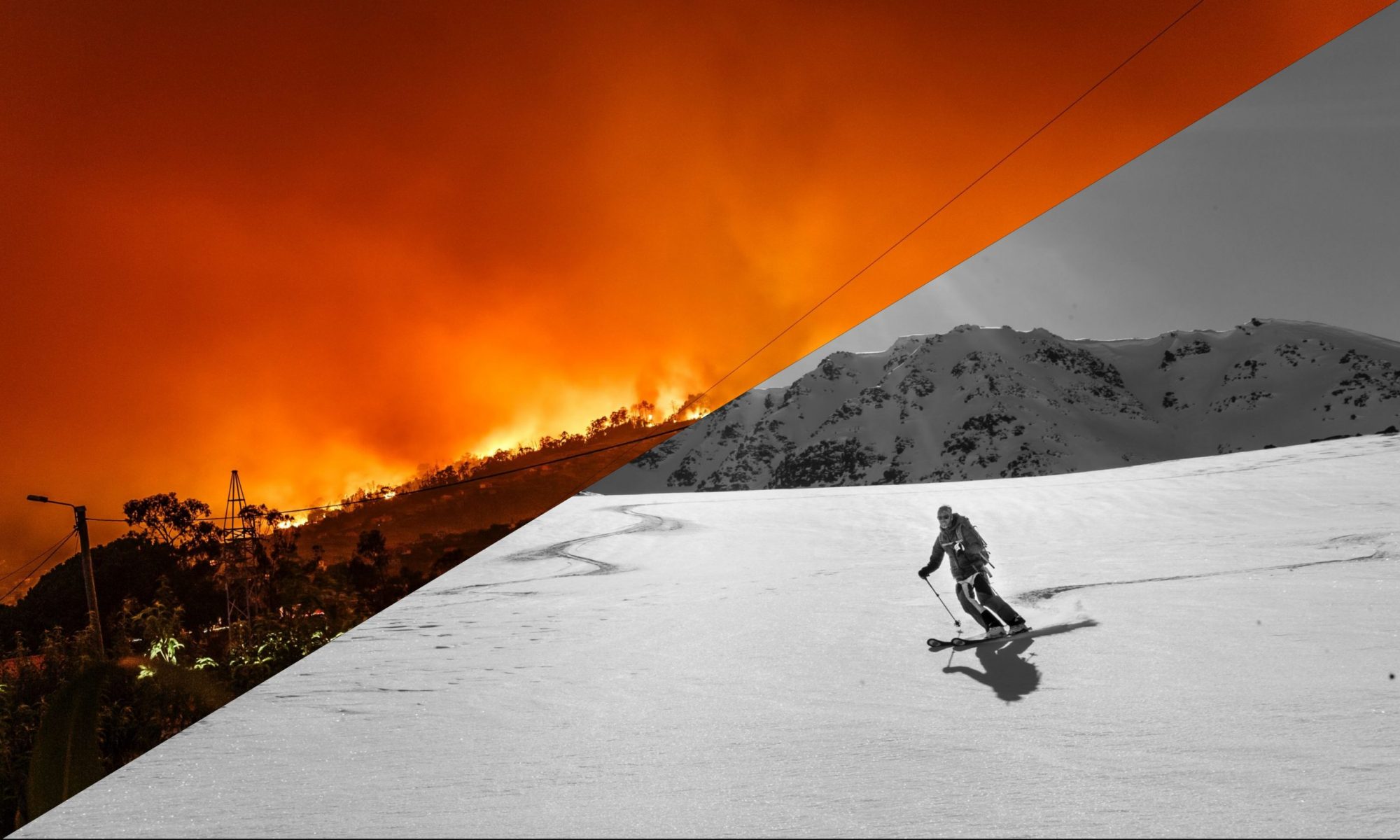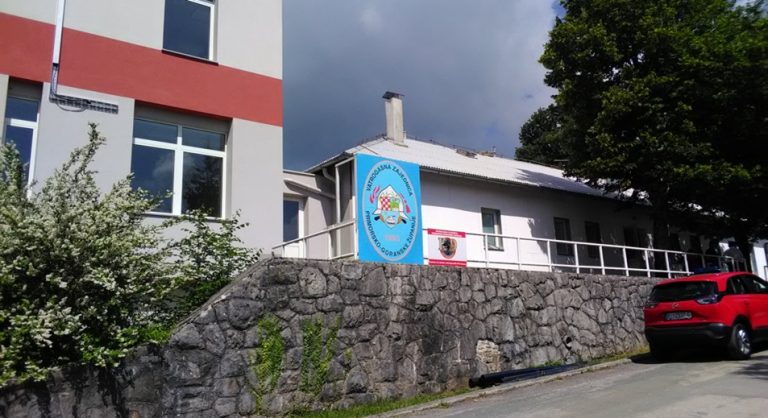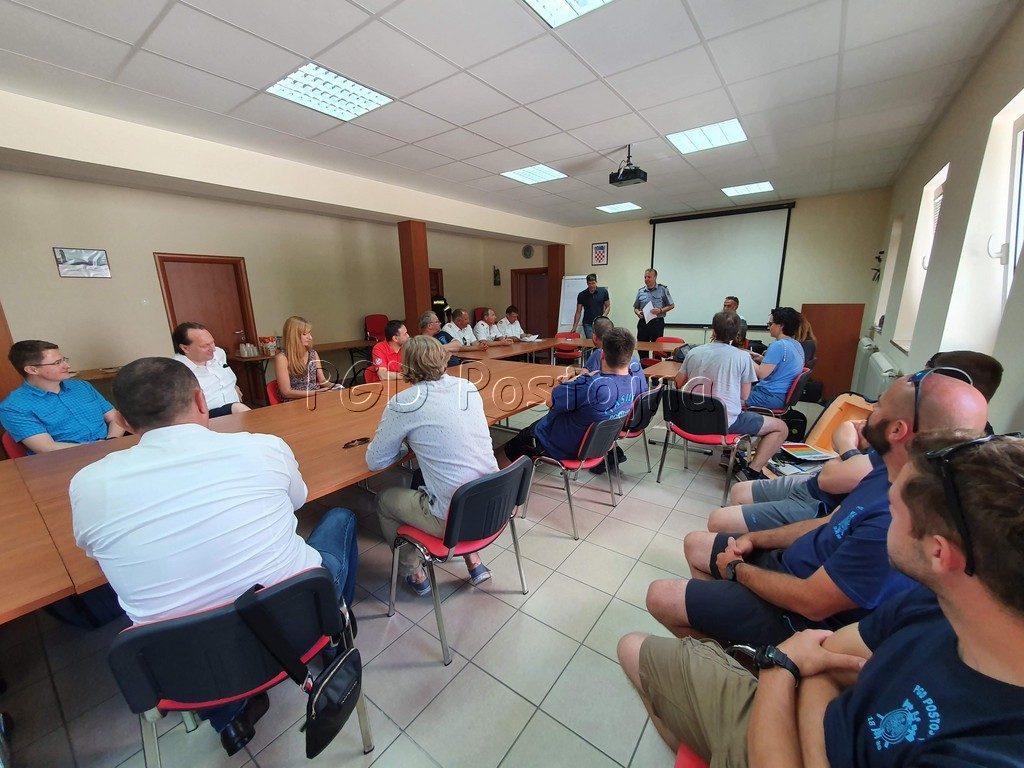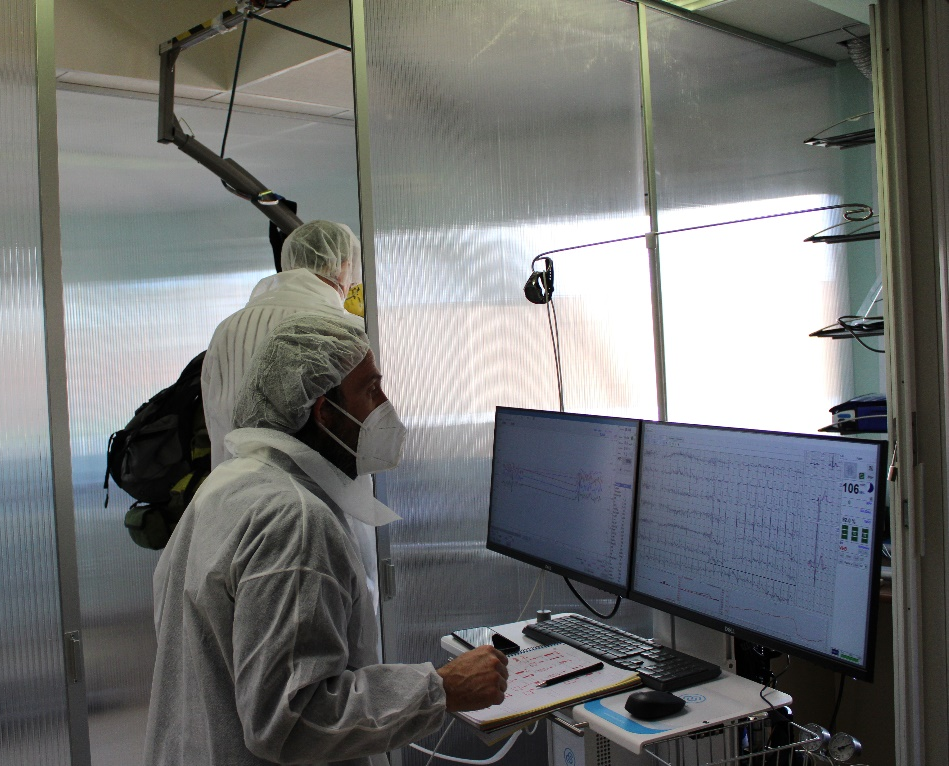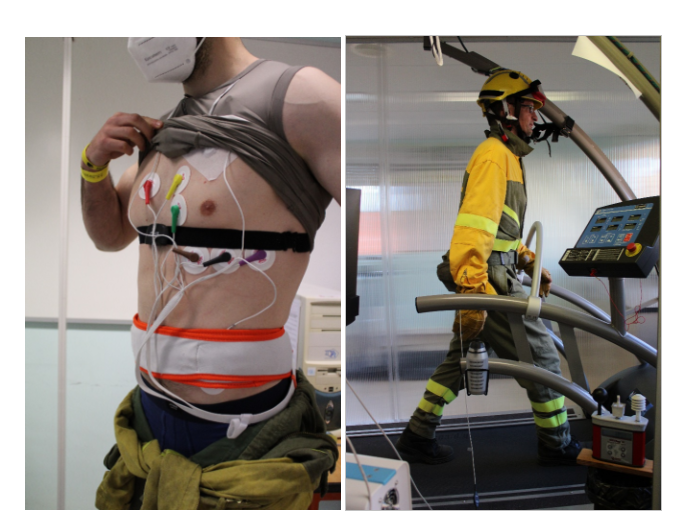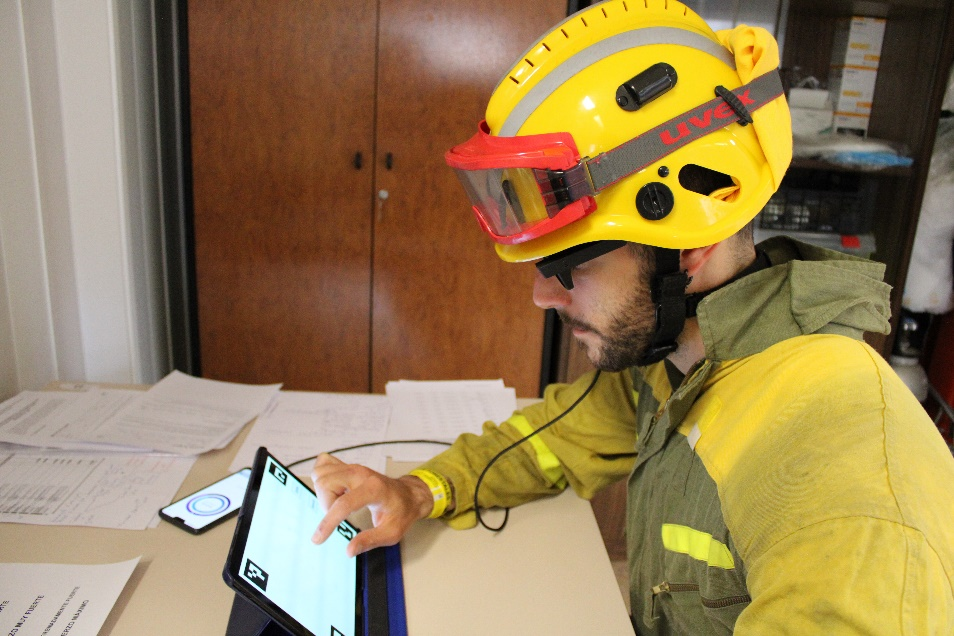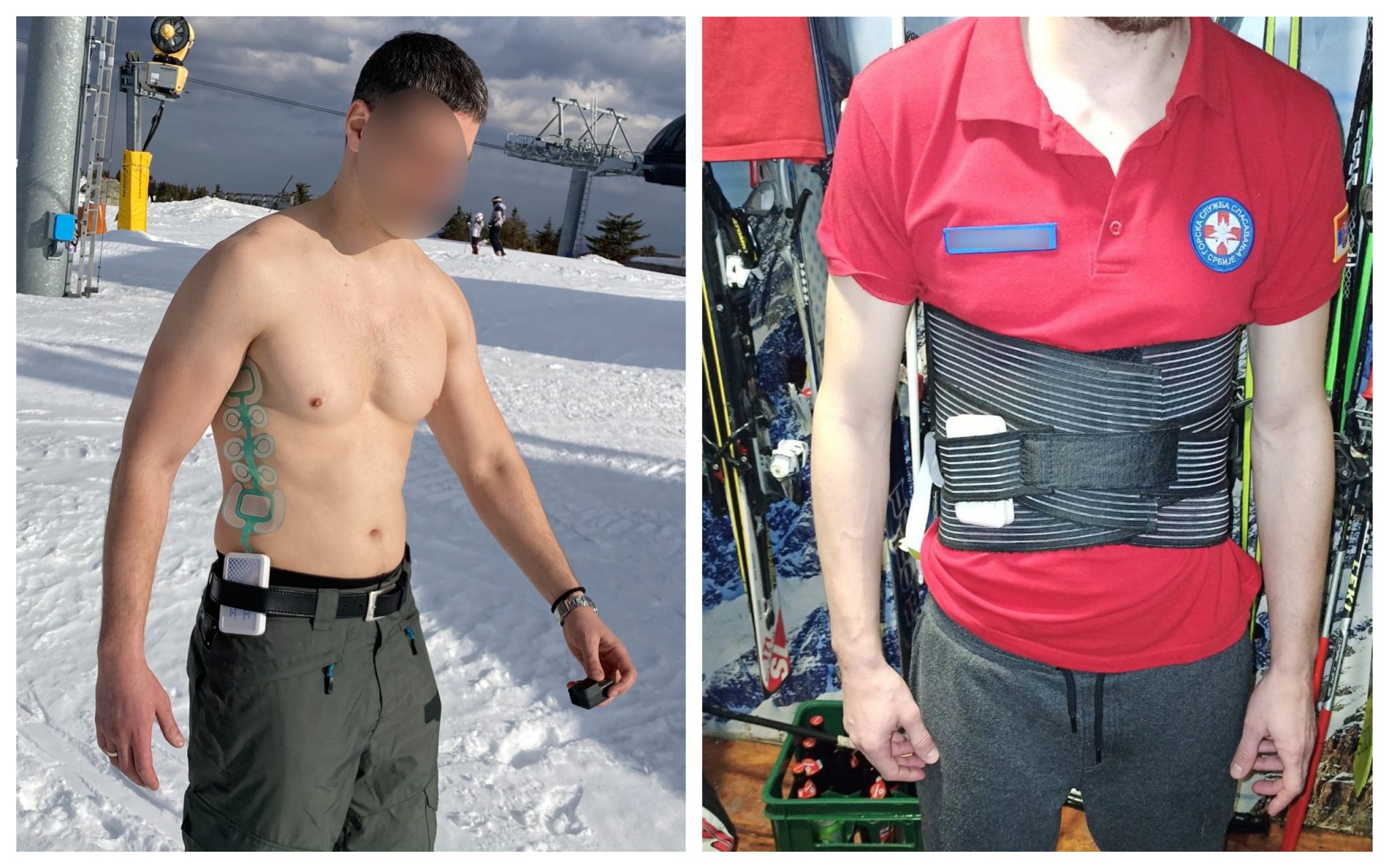While some of us were spending our vacation during hot August days enjoying the sea view, in the late night of August 4th to August 5th a foreign KHD mission in Northern Macedonia was alerted, and a team of Lower Austrian Forest Fire specialists and other comrades (including members of FF Gumpoldskirchen and ELFR, as well as additional teams from Slovenia and Bulgaria) was assembled.
While the response team drove for nearly 1500 km, the necessary equipment and logistics followed along by train. After 30 hours of strenuous travelling, it was time to put the response team under even more strain in the area where almost 3000 hectares of forest and meadows was in flames or burned down, due to a long period of drought (40-45˚C). Whole villages were threatened by the fire.
During 10 days of the deployment, Austrian firefighters had to work through a wide spectrum of scenarios, many of which provide valuable insight into the use-cases that are covered by the SIXTHSENSE project. Despite the constantly changing conditions and difficult challenges they’ve faced, the first responders managed to subdue the fire and prevent it from spreading further. This mission’s response team should be applauded – as it was while passing through North Macedonia and Serbia, on its way home.
https://fb.watch/888Jl4lMbI/ (Mission video on Facebook)
Imagine that the mission time was cut down in half… Or better yet, that fewer first responders had to suffer the strain caused by these kinds of missions? It could be done with increased first responder efficiency, by allowing them to communicate better– even when a team member is flown by the helicopter to remote areas. Increased awareness of their physical state could help first responders react in time if some of them are in danger, and make sure their mission time is efficiently used, therefore decreasing the need for additional deployment of their colleagues, and them, as well.
The work done during the North Macedonican mission is outstanding. In the midst of raging fires like these, one thing is clear – we need to take care of first responders. SIXTHSENSE has a purpose to do just that – it aims to improve overall communication, their awareness, and keep them safe. If this is not a call to action and an opportunity to put SIXTHSENSE to good use, what is
